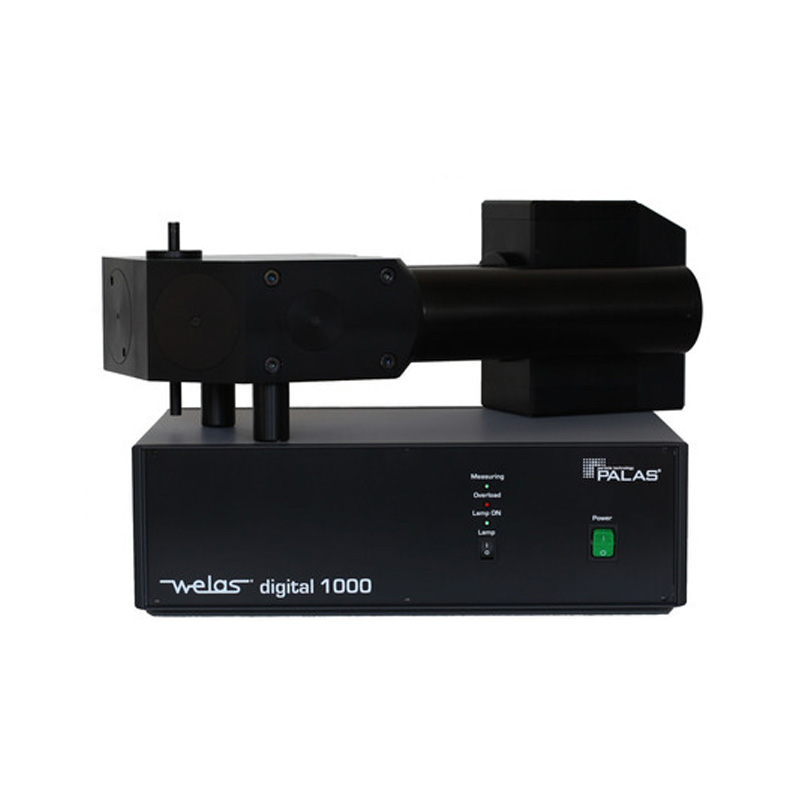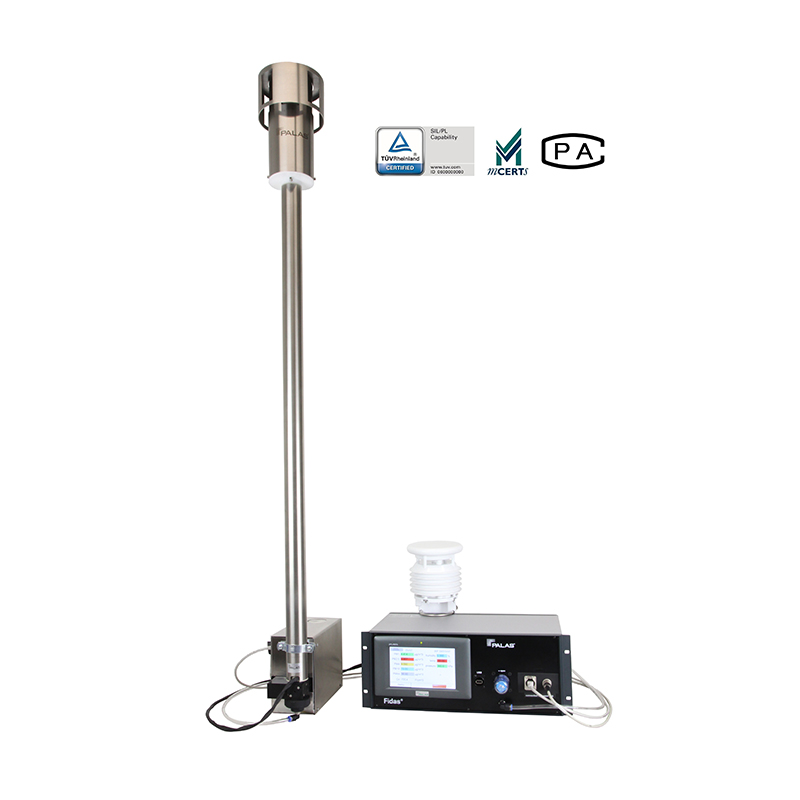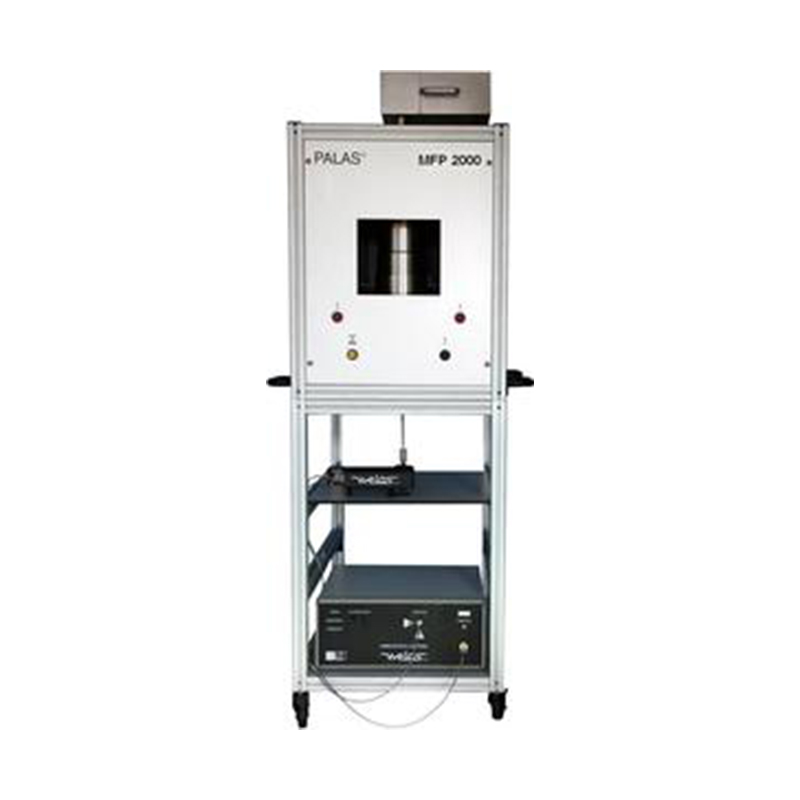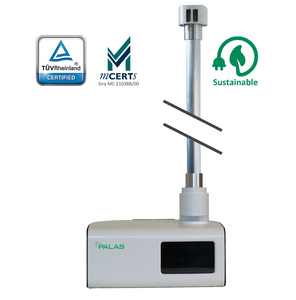Description
The welas® digital 1000 is a flexible, powerful and economical light-scattering spectrometer system, which determines particle concentration and size precisely and reliably.
With the welas® digital 1000, particle sizes above 120 nm can be reliably measured, as the special high power xenon high pressure lamp with very high light intensity and the photomultiplier are directly integrated in the aerosol sensor.
For this reason, the welas® digital 1000 has an especially high resolution capability and an especially high classification accuracy, which is why it is used as a reference device for other measurement methods.
Unique are the four measuring ranges in only one device:
• 0.12 µm – 3.5 µm
• 0.2 µm – 10 µm
• 0.3 µm – 17 µm
• 0.6 µm – 40 µm.
welas® digital 1000 is famous for up to 128 size channels per measuring range and a concentration range from < 1 particle/cm3 to 5 • 105 particles/cm3.
The welas® digital is based on scattered-light analysis on a single particle. In the welas® digital 1000, the special advantages of the well-known and internationally acclaimed welas® system are combined with new and fast digital individual signal processing. This allows a digital analysis of each individual signal with coincidence detection.
The best size classification accuracy and the best size resolution are guaranteed by the following special feature:
• White light and 90° light-scattering detection
⇒ Unambiguous calibration curve
• Patented T-aperture
⇒ No border zone error
• New digital individual signal processing
⇒ Coincidence detection and correction of the individual signal
The sensors are optionally available for measurements in overpressure up to 10 barg and at high temperature up to 250 °C (higher on request).
The welas® digital measurement technology
welas® digital offers a new, fast 20 MHz signal processing processor, which analyses the progression of each particle signal.
This makes it possible to recognise coincidental events in light scattering measurement technology at the individual signal and correct them (according to Dr. Umhauer / Prof. Dr. Sachweh). This makes it possible to increase the maximum concentration limit up to 5 • 105 particles/cm3, too.
Furthermore, the new signal detection electronics, which include a new, powerful logarithmic A/D converter, allow particles of 120 nm to be measured with more than 50 % counting efficiency.
High classification accuracy, high resolution capability and a high counting efficiency are the prerequisite for unambiguous particle measurement.

Fig. 1: Resolution capability and classification accuracy
The welas® digital is characterized by its very high counting efficiency starting from 0.2 µm!

Fig. 2: Counting efficiency with the welas® 1200 sensor
The welas® digital 1000 sensors
The welas® 1100 and 1200 aerosol sensors are characterized by the fact that a powerful light source and the photomultiplier are directly integrated in the sensor. This technology offers the best size resolution, the best classification accuracy and a very low detection limit.
The size of measurement volume is crucial for coincidence-free particle size and particle number measurement.
With measurements in coincidence, the diameter is measured too large and the number too small.
Theoretically, for a coincidence‐free measurement, i.e. maximum one particle in the measuring volume, at a number concentration of 103 particles/cm3 the measurement volume extension must not be higher than 1 mm3.




